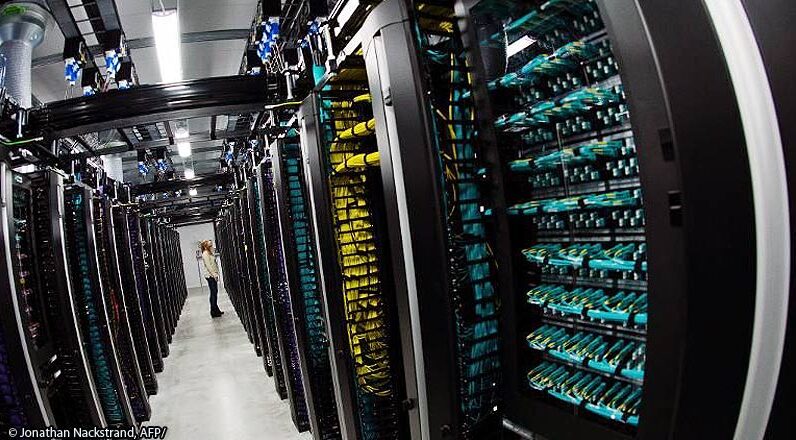
[ad_1]
© Jonathan Nackstrand, AFP
A recent Nyriad – IDC report titled, “Balance Storage Performance, Resilience, and Efficiency to Drive Digital Business Outcomes” emphasizes the importance of balancing storage performance, resilience, and efficiency as necessary requirements for driving digital business outcomes.
Other factors shaping storage infrastructure in the digital business era include specific performance requirements, the need for scalability, building resilience, and ensuring efficiency. These are not disparate factors for they need to be considered together in terms of their interconnections. Here the review offers a holistic view of the main data flow considerations that organizations need to keep in mind.
The report looks at the increasing demands of modern business workloads. A consequence of this is the exponential growth of unstructured data and the important need for organizations to protect and leverage their data effectively.
To support this, the survey draws out recommendations and best practices designed to provide practical guidance for buying storage. The aim is to guide IT professionals in navigating the (often) complex technology landscape so that they will make well-informed decisions.
The report also explores the key considerations for storage buyers, including evaluating storage platform capabilities and the benefits of GPU-accelerated architectures. Within the detail is an emphasize upon scalability, consolidation, resiliency, and efficiency as essential factors in modern storage infrastructure.
This is not simply a one-size-fits-all consideration for the challenges addressed in the report, such as data growth, workload demands, and the need for data protection, resilience, and efficiency, will vary across a wide range of industries. There are also points of commonality so that professionals, irrespective of their specific domain or focus, will need to consider certain functions and measures and then apply these to different contexts.
The report concludes with recommending the capabilities that Information Technology buyers should seek from storage architectures to maximize their data value and minimize time to insights.
What is important here is ensuring that future-proofing strategies are in place. As digital technologies continue to advance and transform business operations, it remains important for organizations to future-proof their storage infrastructure. Some of the guidance extends towards offering insights into emerging trends and technologies. This should aid IT professionals in staying ahead of the technology curve and to make appropriate strategic investments for data solutions. These decisions need to align with long-term business objectives.
[ad_2]
Source link






